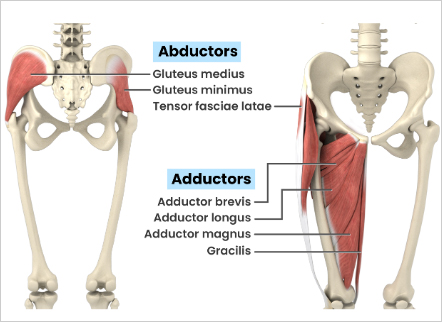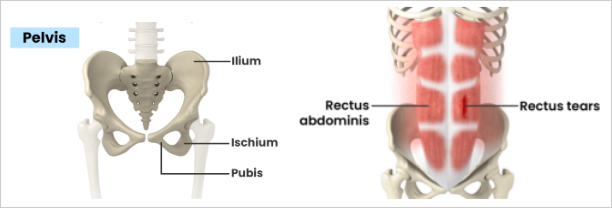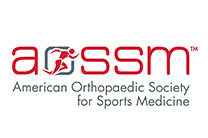Dr. Srino Bharam is a board-certified fellowship-trained sports medicine orthopedic surgeon specializing in the treatment of athletic injuries of the groin for teens and adults. Dr. Bharam is an expert in treating groin injuries and sports hernias with over 30 years of experience in treating complex sport injuries.
Groin injuries are hard to diagnose and should be treated by a groin specialist. The groin is the junction of the upper and lower body and is vital to almost everything we do. Dr. Bharam has made groin care an important part of his practice for more than a decade and his focus on groin health has put him well ahead of the curve. In fact, Dr. Bharam has developed new, advanced groin treatments that are beginning to gain wide acceptance.
Why is the groin so important? First, we have to think of the groin as an area of the body, not as a muscle or even a group of muscles. This region should be kept both flexible and strong for a range of activities, including:
- Walking
- Running
- Cycling
- Soccer
- Basketball
- Tennis
- Numerous other activities
There are, of course, many muscles in the groin area. Many of these are known as adductors, which move our legs inward when walking and move the pelvis downward when bending, and that’s just scratching the surface. In the course of an active day, the adductors often work harder than most other muscles in the body. Strengthening these muscles helps to improve balance, avoid various injuries or problems with posture, and generally improve leg strength.
Common Groin Symptoms
- Ecchymosis (Bruising)
- Edema (swelling)
- Weakness
- Tenderness
- Traumatic injury
- Sports related or acute onset
- Pain with (kicking, coughing sneezing, cutting)
Common Groin Diagnoses
- Proximal adductor tendinopathy
- Proximal adductor tear/avulsion
- Osteitis pubis
- Rectus abdominis tears/ avulsion
- Pubic symphyseal instability
- Ischial bursitis
- Ischial apophysitis
- Sports hernia
- Inguinal hernia
- Athletic pubalgia
- Pudendal nerve entrapment
- Obturator nerve entrapment
- Scar adhesions
Groin Treatment & Procedures
Non-Surgical Options
The treatment of groin injuries includes various modalities of physical therapy and rehabilitation programs such as strengthening programs and sport-specific training. Along with exercises, medications may also be prescribed. Avoiding physical activities that may worsen the pain, stretching the quadriceps and hamstring muscles, and performing warm-up exercises before the actual exercise regimen help to improve the condition.
Surgical Options
Surgery is considered when patients fail to respond to conservative lines of treatment. The various types of surgical options include:


Terminology:
- Adductor - Muscles that move the leg to the midline of the body.
- Abductor - Muscles that move the leg outward, away from the midline on the body.
- Pelvis - A basin-shaped complex of bones that connects the trunk to the legs.
- Rectus abdominis - The top layer of the abdominal muscles, commonly known as the “six pack”
- Rectus tears - Tears in the rectus abdominis muscle
- Gracilis - A muscle that runs along the inner thigh region
- Ilium - The large upper portion of the pelvic bone
- Ischium - The lower, posterior portion of the pelvic bone
- Pubis - The anterior portion of the pelvic bone
- IT band - A thick fibrous band that runs along the outside of the hip to the shinbone.
- Adduction - Movement of the leg towards the midline
- Abduction - Movement of the leg away from the midline











